I claim that not only is A.S. King one of the best writers of YA fiction, she is one of the best living writers--period. When I read the first two pages of Dig. at an ALAN breakfast a couple of years ago and before it was spread around, I had to stop. I knew I was reading a masterpiece. I read a lot of fiction, both YA and adult and I can think of just a few authors whose books that just stop me. In just a few occasions I find a books so remarkable that my reading is stalled. I just have to stop and admire a passage. This has happened with Anne Tyler, John Irving, Joyce Carol Oates, Lawrence Block, Saul Bellow, Toni Morrison, Jacqueline Woodson, and William Faulkner. As I hope you can tell, I think A.S. King is in good company, and if she keeps writing, who knows.
While all of her novels attest to a variety of society’s problems and chart paths of hope for the readers, it is King’s honest portrayal of mental health and trauma that coalesce through the use of surrealism. King distills the essence of trauma and mental illness, de-stigmatizes it surrealistically , then reintroduces them as being an acceptable, albeit painful, part of the human condition. The teens of our lives need this message now more than ever and we, as educators and administrators, can help through providing social support and listening. Giving a student an A.S. King novel can be a non-threatening way to start a dialogue.
| With each additional novel, King offers an unflinching and realistic portrayal of teens and their families. She does not pretend the horrors and realities that teens face every day do not exist. Instead, through her non-linear narratives and use of surrealism, she highlights the difficulties of navigating adolescence under the dark clouds of trauma and mental illness. |
In Everybody Sees The Ants, King begins tackling the effects of emotional and psychological abuse on adolescents. Lucky Linderman suffers abuse at the hands of a school bully. Meanwhile, his school is more concerned that he conducted his social studies research project on teen suicide. At home, his parents are barely functioning, a result of intergenerational trauma, and he feels the weight of their neglect. The whole family is haunted by Lucky’s grandfather’s disappearance from the Vietnamese jungles. Lucky searches for solutions for this pain through his recurring dreams of rescuing his grandfather. When Lucky is assaulted by a classmate, his mother retreats to Las Vegas to buy them some time to heal. With this transition King continues her on-going commitment to examine family relationships through a trauma lens and models a parent and child identifying what went wrong in their relationships in order to move forward in a healing manner.
Dig. A.S. King’s majestic battle cry of malarkey onto the siren songs adults so frequently sing: we know what is best, we know what we are doing, we are good people. Having just garnered the Printz Gold, I wanted this post to focus on her other novels, the ones that deserve just as much attention. In her recent acceptance speech (she starts at 30:30) for The Printz Award, she traces the roots of declining mental health of adolescents as the result of “the slow decline of love in our world and who it hurts the most? That would be the children.” for “a country founded on trauma will produce more trauma”. King uses Dig. to highlight just how true that is.
For so long so many of us hid. We were quiet because we were uncomfortable or unwilling or too frightened. Personally, I do not feel that I have that luxury any more. The young people in our lives need to know that we are working on crushing the stigma behind mental health issues. They do not have to face the road to recovery alone. They will only know that if we speak up and speak out. We can provide guidance and assistance towards finding the right kind of help for the individuals in our classrooms and libraries. Most importantly, we can be quiet. And listen. And place a novel by A.S. King in their hands.
Additional Resources
Works Cited
King, A. (2011). Everybody sees the ants. Little, Brown and Company.
King, A. (2012). Ask the passengers. Little, Brown and Company.
King, A. (2013). Reality boy. Little, Brown and Company.
King, A. (2014). Glory o’brien’s history of the future. Little, Brown and Company.
King, A. (2015). I crawl through it. Little, Brown and Company.
King, A. (2017). Still life with tornado. Penguin Books.
King, A. (2017). The dust of 100 dogs. Speak.
King, A. (2019). Dig. Dutton Books.
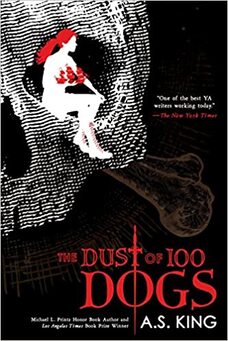
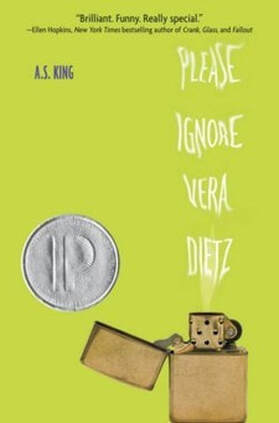
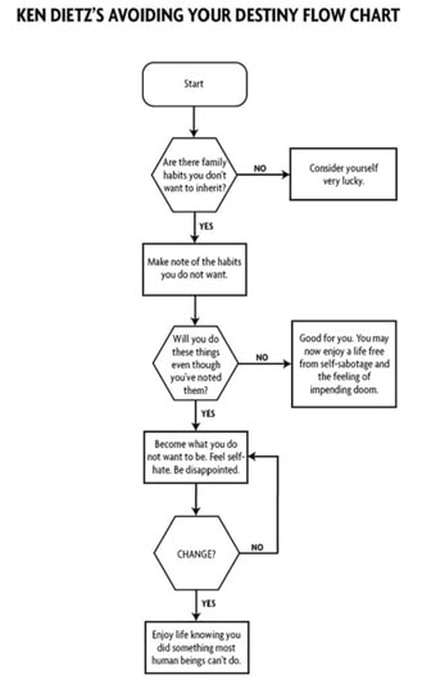
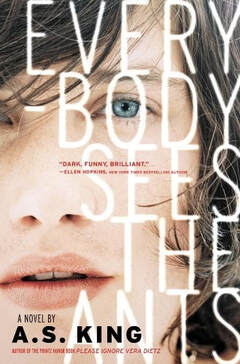
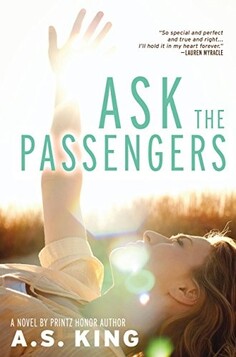
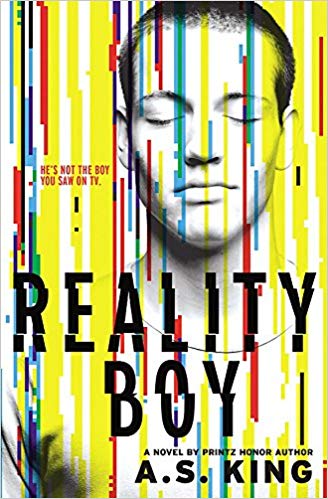
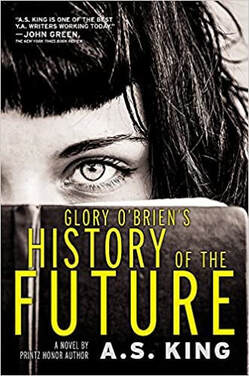
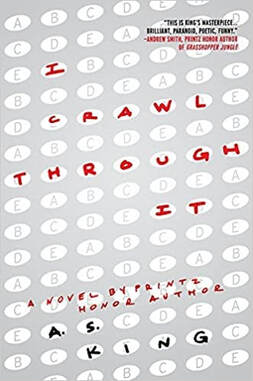
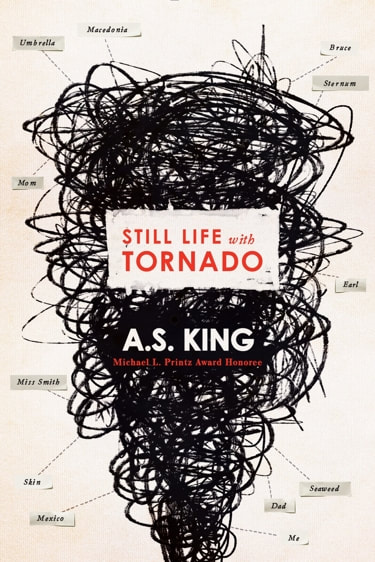


 RSS Feed
RSS Feed